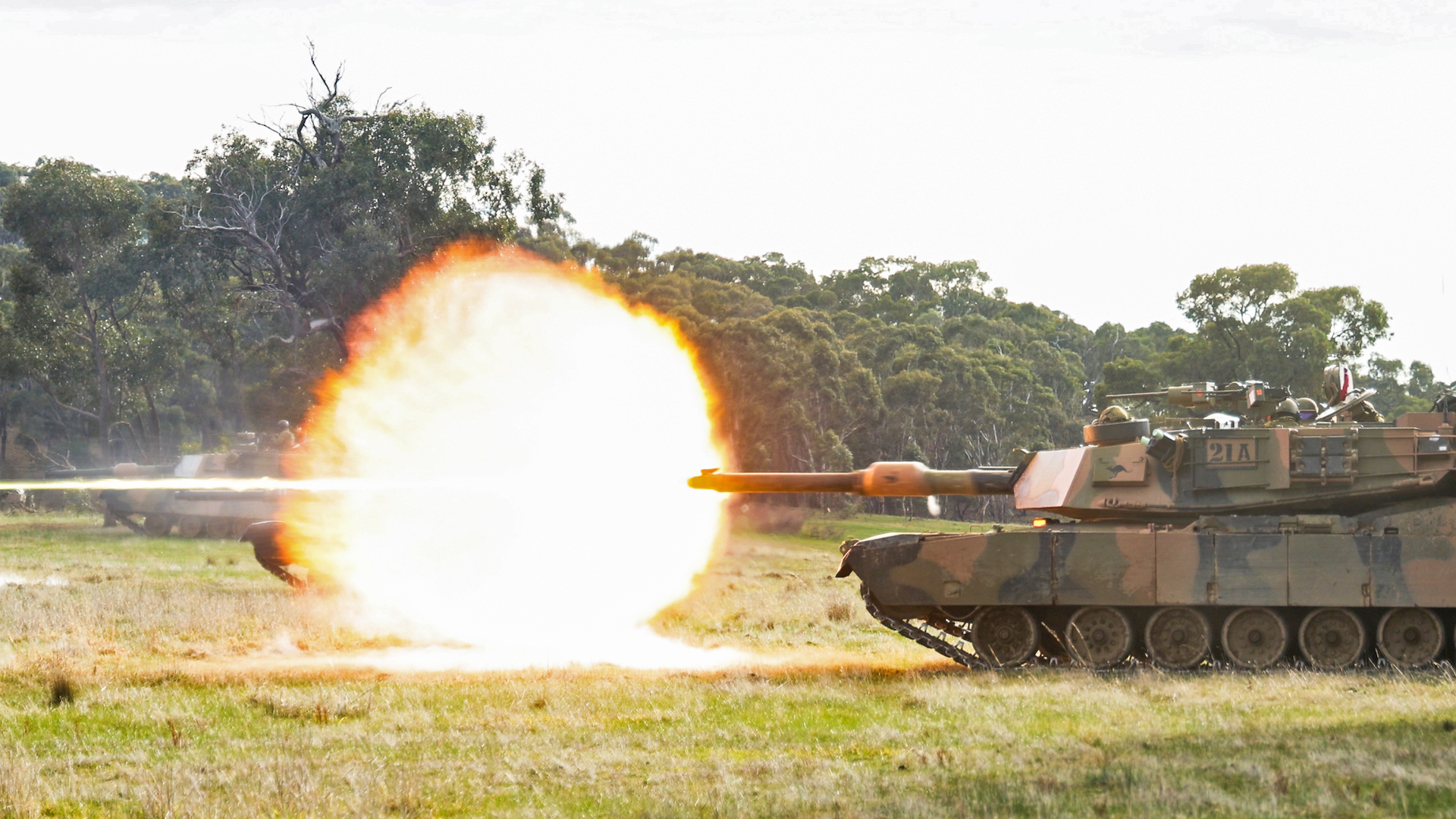Australia will provide Ukraine with 49 M1A1 Abrams main battle tanks, a significant boost for Kyiv’s armored units, as they continue to face down Russia’s full-scale invasion. The announcement comes amid lingering questions about the effectiveness of the Abrams tanks that have already been supplied to Ukraine, including reports from this summer suggesting they had been briefly withdrawn from combat operations. We can’t confirm they actually were withdrawn, and surviving examples have meanwhile been upgraded, reflecting their continued relevance.
Pat Conroy, Australia’s Minister for Defense Industry and Capability Delivery, told the press today that the surplus M1A1s would be transferred to Ukraine, ending a long period of speculation about their fate. The tanks have an estimated value of $164 million and bring total Australian military assistance to Ukraine to more than $1.3 billion.
A formal announcement about the transfer will be made tomorrow, at the meeting of NATO defense ministers in Brussels.

“These tanks will deliver more firepower and mobility to the Ukrainian Armed Forces, and complement the support provided by our partners for Ukraine for Ukraine’s armored brigades,” Conroy said in a statement.
“We stand shoulder-to-shoulder with Ukraine in their fight against Russia’s illegal invasion,” Conroy added.
Since the tanks were originally sold to Australia by the United States, Washington had to approve the transfer to Ukraine.
In an interview with ABC, Ukraine’s ambassador to Australia Vasyl Myroshnychenko described the tank transfer as a “significant contribution” to Ukraine’s war effort.

The development also marks a U-turn by the Australian government.
Earlier this year, Australian Minister for Defense Richard Marles said that providing the tanks to Ukraine was “not on the agenda.”
Kyiv had previously requested that Australia consider providing it with Abrams tanks, as well as other heavy weapons.
In the past, we pointed out how the upgraded former Australian F/A-18A/B Hornet fleet could be very useful for Ukraine, after which Ambassador Myroshnychenko confirmed to TWZ that Ukraine was indeed exploring if the fighters could be suitable for its very pressing needs. Since then, there have not been any further developments in this area, as far as we know.
Also on Kyiv’s list was Australia’s fleet of 45 MRH90 Taipan helicopters, withdrawn last year after repeated cost increases, fleet groundings, and two major crashes. You can read more about that here.

In the event, rather than donate the helicopters, Australia decided to strip them of valuable parts and bury them.
Canberra’s decision to now provide the Abrams tanks should at least help assuage Ukraine’s disappointment in not securing the Taipans.
On the other hand, it should also be noted that the age of the surplus M1A1s means that it might not be possible to put them all into service. Some may well also have to be reduced to spare parts if they are otherwise deemed too worn-out for frontline use.
The Australian Army is able to give up its M1A1 fleet as it’s now receiving 75 new M1A2 Abrams, in the highly capable SEPv3 variant. You can read more about Australia’s $2.5-billion M1A2 acquisition here.

Australia also confirmed that a small number of its 59 old tanks — 10 in total — will be retained to assist in the transition to the new tanks. It’s unclear if these will be used permanently for training or testing purposes or if they will also head to Ukraine later.
Ukraine previously received 31 M1A1 tanks from the United States. The first of these had arrived in the country at least by September of last year, although the first video showing one of the tanks in action on the front lines didn’t emerge until February of this year.
While the arrival of the U.S.-supplied Abrams in Ukraine came amid much fanfare, an apparent first loss of an M1A1, also in February, led to questions being raised about just how survivable these tanks are on the country’s highly contested battlefields.
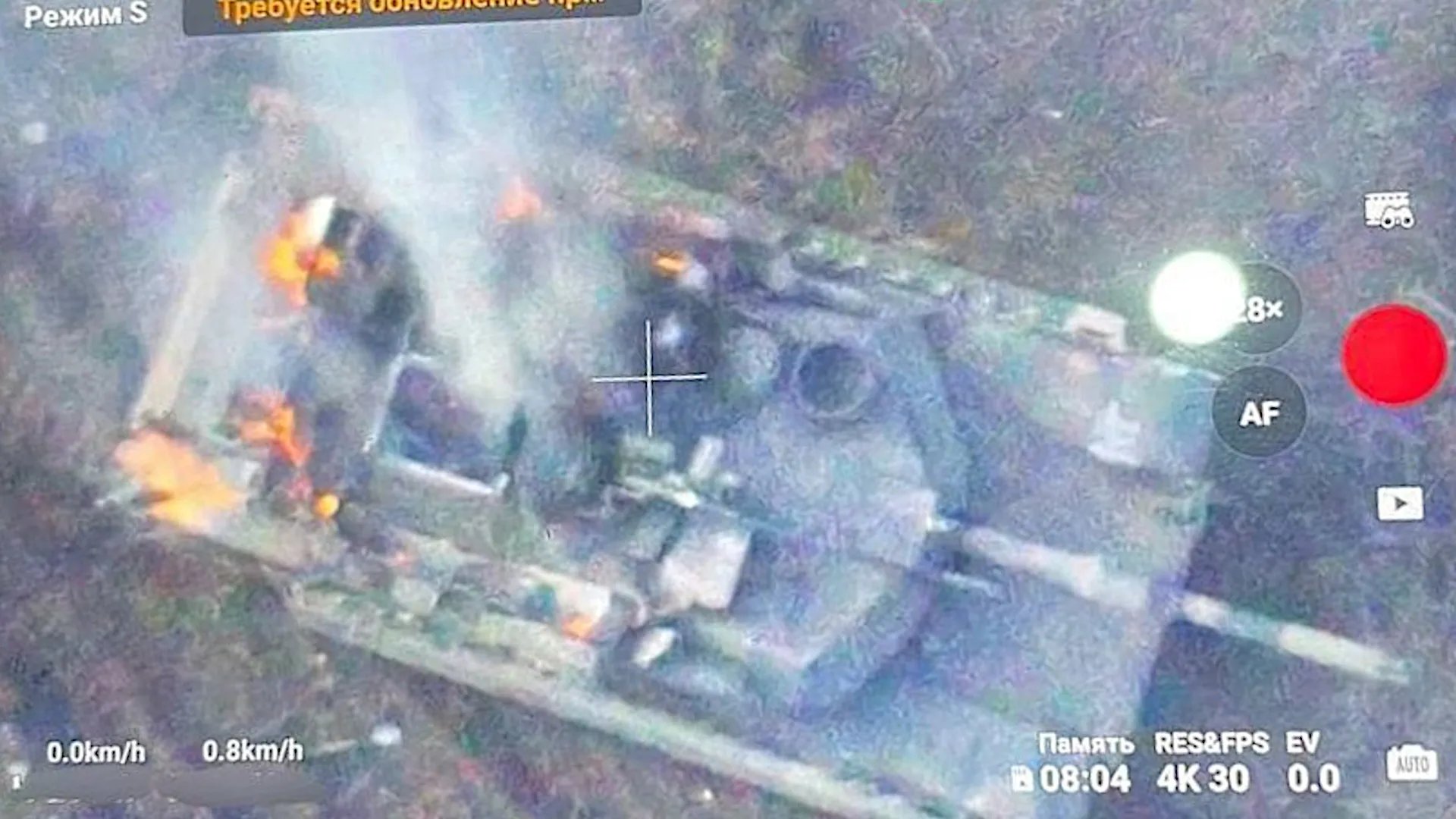
Initially, it seems that the M1A1s were deployed mainly around Avdiivka, the key city in the eastern Donbas region, which was captured by Russian forces in mid-February.
By May of this year, Ukrainian M1A1 were starting to get production-standard anti-drone armor screens, also commonly known as ‘cope cages,’ on their turrets. The modified Abrams also started receiving additional explosive reactive armor (ERA).
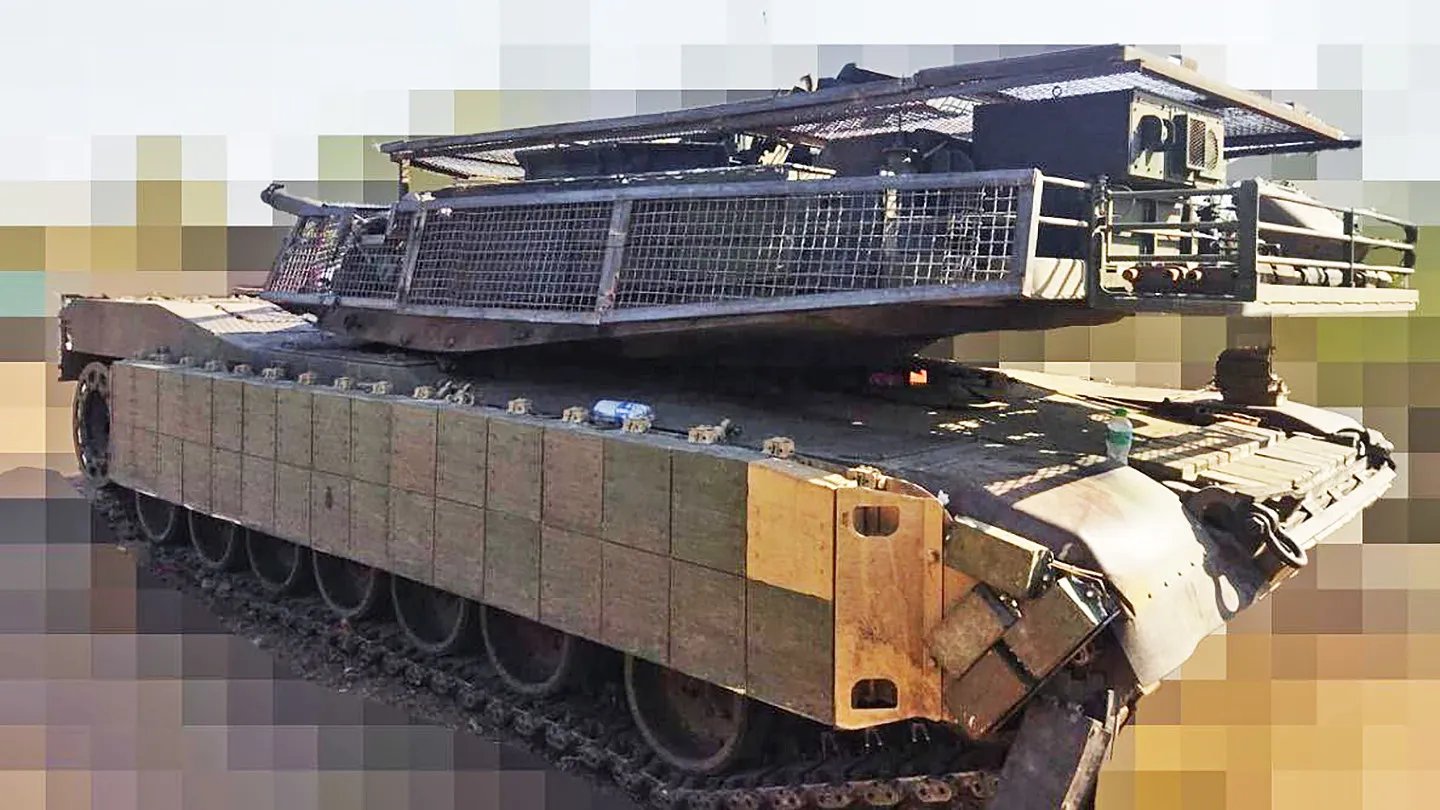
Since then even more extreme modifications have surfaced, with one configuration including new plate armor and other additions.
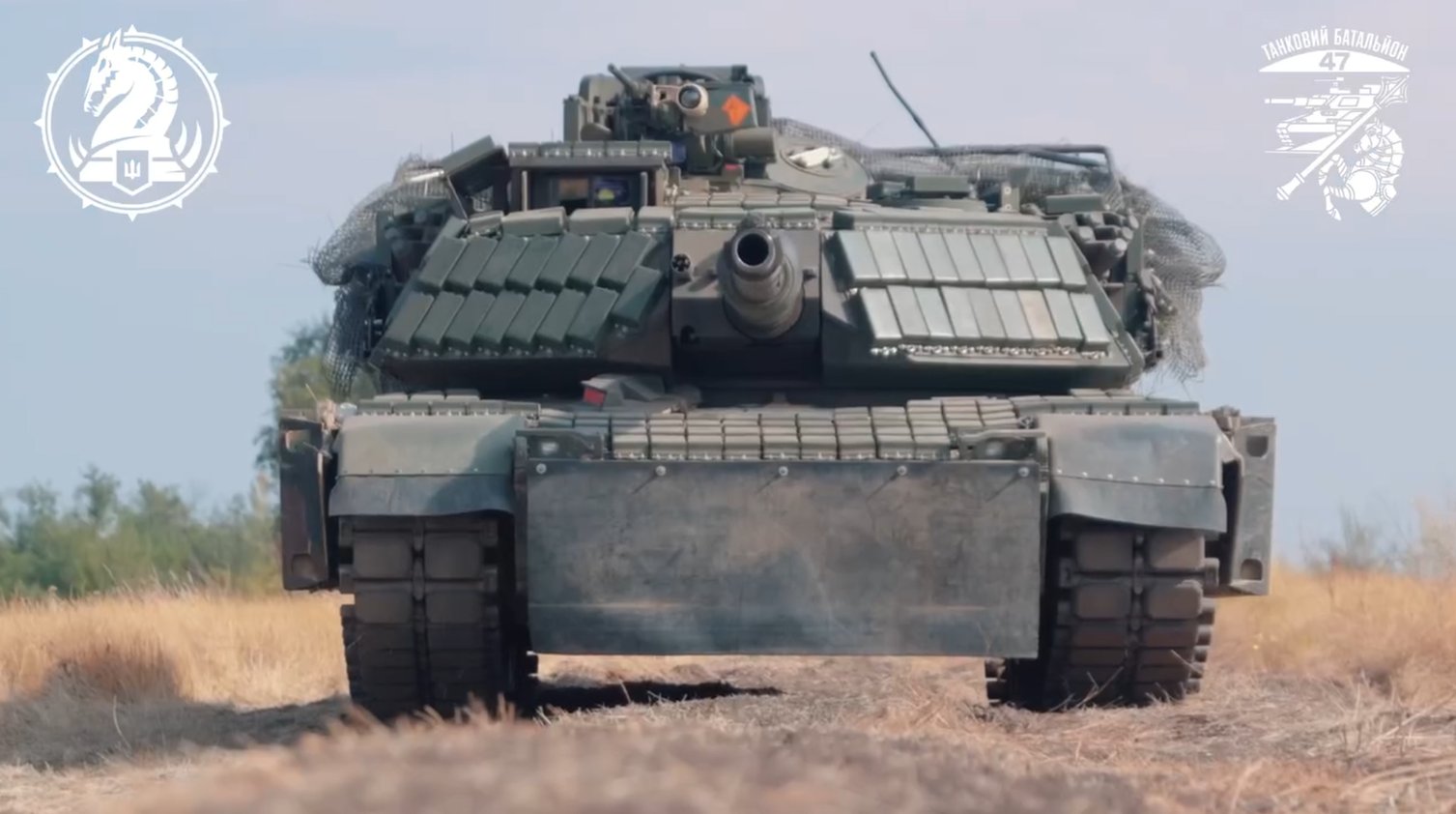
Nevertheless, as losses continued to mount, unconfirmed reports emerged in the spring suggesting that Ukraine had withdrawn its M1A1s from frontline operations. By that time, five of the 31 tanks were confirmed as having been lost to Russian attacks.
It was said that the reason for the withdrawal was the tank’s vulnerability to drone attacks, although the reasoning was somewhat hazy. As TWZ speculated at the time, it seems more likely that if the tanks were pulled it was because they are considered especially valuable assets, and having more examples knocked out — or, worse still, captured — by Russia would be an unpleasant propaganda and materiel loss for Kyiv. Preserving the dwindling force for when it was needed most and quickly upgrading them with additional protection could have also been a real factor.
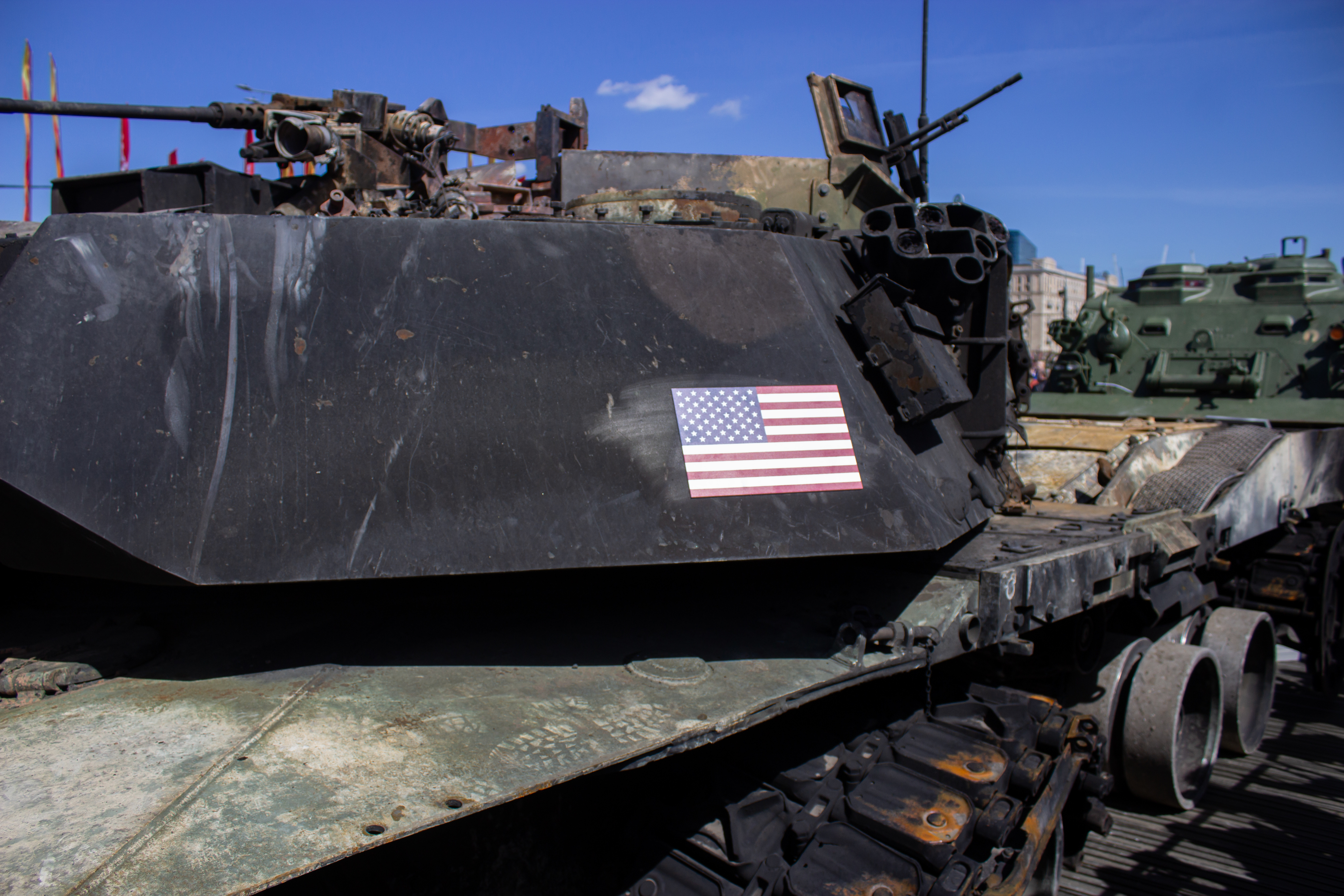
Whatever the reasoning, and the reality of the supposed ‘combat pause,’ the U.S.-supplied M1A1s have recently been in the thick of the action, including contributing to the Ukrainian incursion into Russia’s Kursk region, which began in early August. Also involved have been examples of Ukraine’s other higher-end tank types, including the Challenger 2, Leopard 2, and T-80.
A video from the fighting in Kursk from August showed the destruction of another M1A1, which brought the total losses to 16, according to the Oryx open-source tracking group — over half the force.
While tank losses are always to be expected, especially during breakthrough operations and when faced with a proliferation of attack drones as well as relentless Russian artillery, questions about the Ukrainian Abrams have refused to go away.
Ukrainian personnel interviewed by Western media outlets have raised concerns about the U.S.-made tank’s reliability and its vulnerability to Russian attacks.

Nevertheless, there’s no doubt that the M1A1 remains a very useful weapon and one that Ukraine only wants more of. This is especially the case now, as it begins to lose some ground to the larger Russian force. Kyiv is also still feeling the effects of the months-long pause on deliveries of military hardware from the United States after the funding available for security assistance to Ukraine ran out.
The United States has so far not signaled that it’s willing to send more Abrams tanks to Ukraine even as they continue to commit to fielding more Bradley Fighting Vehicles. This makes today’s announcement from Australia all the more welcome for Ukraine.
While we don’t yet know when the Australian-provided Abrams tanks will start to arrive in Ukraine, they will, at the very least, bolster what was always a fairly tokenistic force, in terms of numbers of vehicles. At the same time, increasing M1A1 numbers and growing experience with these tanks may yet see them finally overturn persisting doubts around their usefulness.
Update: 9:01 PM Eastern –
Ukraine’s ambassador to Australia Vasyl Myroshnychenko shared a statement about the tanks with The War Zone.
“The Government of Ukraine expresses its strongest gratitude to the Government of the Commonwealth of Australia – and the Australian people – for the allocation of 49 M1A1 Abrams tanks for Ukraine’s military defense.
I take this opportunity to specifically thank Prime Minister Anthony Albanese MP, Deputy Prime Minister and Minister for Defense Richard Marles MP, the Minister for Foreign Affairs Senator Penny Wong and the Minister for Defence Industries Pat Conroy MP for their commitment to Ukraine’s cause. Your leadership has significantly contributed to Ukraine’s security and future.
This support package is very timely, very substantial, and very fit for purpose. Combat assaults by the Russian Federation on Ukraine and Ukrainians have increased by some 20% in the last three months to their highest level in 2024. Only this week, the Russian aggressor conducted an air strike on Ukrainian cities and towns involving nearly 140 drones and missiles.
The tanks provided by Australia, one of the largest allocations of tanks by any ally, are likely to be used by tank brigades and mechanized infantry brigades of the ground forces of the Armed Forces of Ukraine (AFU) who are engaged along a 1,400 kilometer-long front (about 870 miles) – or the distance between Sydney and Adelaide. Some of the soldiers in these and other units have been trained by Australian soldiers based in Great Britain.
Ukraine’s capacity to both defend itself and to bring the war to a just conclusion is in part reliant on receiving adequate and continuous support from those nations, including Australia, who also believe in democracy, the integrity of national borders, and the international rules-based order.
We look forward to working closely with the Australian Government to execute the expeditious and effective transfer of the tanks to the battlefield in Ukraine. Everything that can be done to swiftly execute this process should be done as there are literally lives at stake.”
Contact the author: thomas@thewarzone.com
